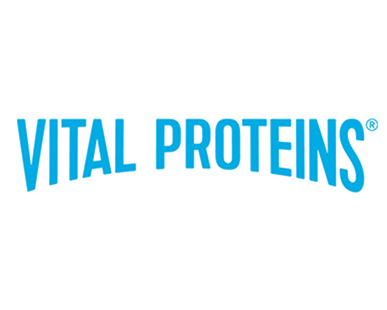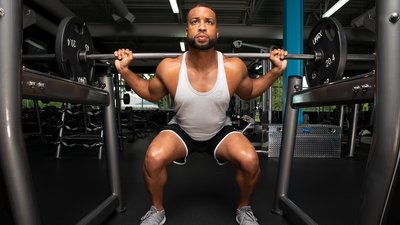For most people, finding the motivation to work out can be tough, but if you've got some go-to moves that hit the big muscles groups—and keep things interesting—you'll get more toning and calorie burn for your time. An exercise that fits the bill is the squat, which not only works your whole lower body but also has many variations to keep you engaged both mentally and physically, ensuring you less boredom and greater results.
Why You Need This Powerhouse Move
Most people have a love-hate relationship with squats, and with good reason. Squats are effective, functional—and challenging.
"Squats are one of the best moves to perform if you are short on time for your workout because they work so many different muscle groups," says Shelby Arpin, PT, DPT. "Most people know that squats work your quads, hamstrings, and glute muscles, but they are a really great core exercise, too, working your abdominals and back muscles."
In addition to hitting multiple muscle groups, squats are extremely functional. Think about all the times you can incorporate solid squats throughout your day; for example, instead of bending at the hips when you're picking things up. Squatting is important for overall strength when we are young—children squat to pick up toys all the time—as well as when we age.
How Many Muscles Do You Work with Squats?
Squats hit several large muscle groups, including quads, hamstrings, and glutes, so you get plenty of bang for your buck with them to begin with. Add different squat variations to target slightly different lower-body muscles, and you're toning your legs from all angles as well as fighting workout boredom. Arpin notes that adding weight to any squat movement will cause you to engage your core muscles for stabilization. The explosive squat variations, such as jump squats, will engage your gastrocnemius as well as some smaller foot and ankle muscles, while the wider squat movements (hello, goblet squats!) will tone up your adductors, which are the hard-to-get inner thigh muscles.

7 Classic Squat Variations
1. Bodyweight Squat

This is the standard move that comes to mind when most people think of a squat. To do it correctly, keep your feet hip-width to shoulder-width apart and your toes pointed forward or slightly to the sides. Your goal is to squat to a 90-degree hip and 90-degree knee position, but it's still beneficial if you can't go that low.
2. Wall Squat
This is similar to the bodyweight squat, but you have the wall supporting your back. Arpin recommends this option if you have balance or knees issues. Keep your back flat against the wall, and if you want more of a challenge, place a therapy ball between your back and the wall.
3. Jump Squat

Squat as you would for a bodyweight squat and then drive through your legs to jump straight up. It probably goes without saying, but jump squats definitely amp up the cardio component of your workout.
4. Back Squat
Again, use the same form as for a bodyweight squat, but this time while holding a weighted barbell behind your head, across the base of your neck and upper shoulders.
"Keep your shoulders back and chest up as you squat down," says Arpin. "Don't add so much weight that your back arches more than its natural curve, and use a weight that allows your core to stabilize your spine to a neutral position."
5. Front Squat
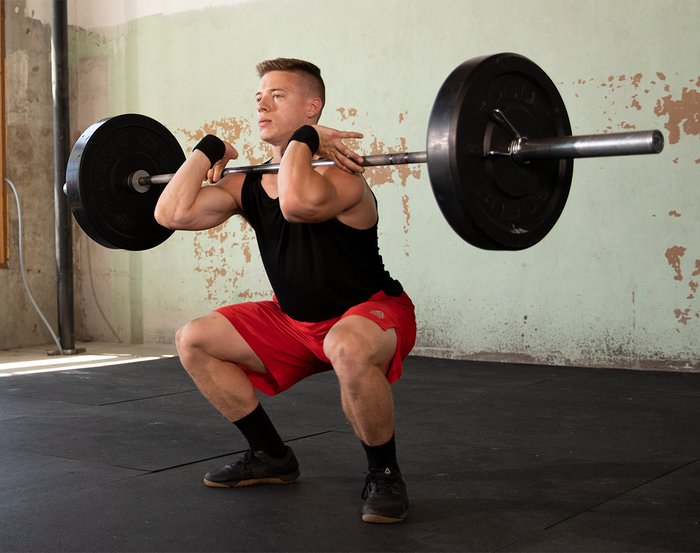
This time hold the barbell in front of your head, at your collarbone, or hold dumbbells at shoulder height. It's best to go lighter in weight than you would on back squats.
6. Overhead Squat
For this move, hold a barbell or dumbbells above your head, with your arms extended, as you lower your body into a squat. Arpin recommends starting without resistance, with only your arms extended overhead, to familiarize yourself with how it feels to stabilize your core in this position. Arching your back in this position—or on any squat—is not good for your body. Once you get the movement down, it's important to start with lighter weight because there are a lot of techniques to nail down.
7. Goblet Squat
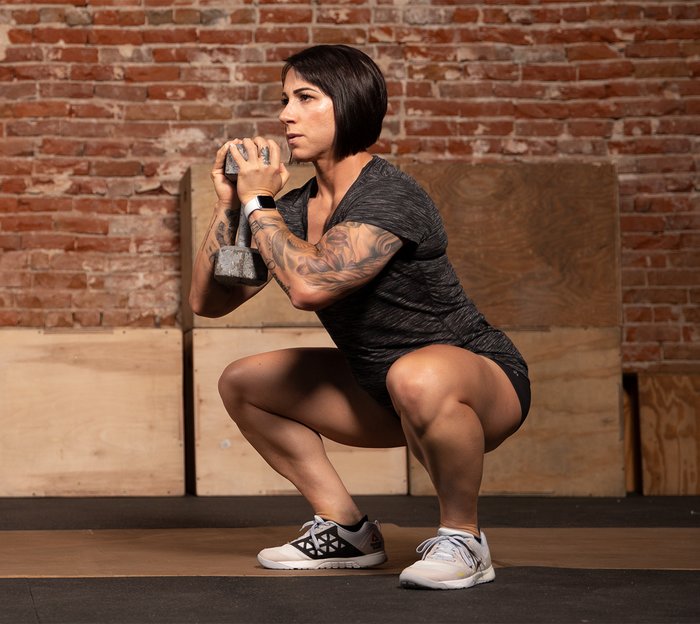
Start with your feet wider than your shoulders and your toes turned out. Use a kettlebell, weight ball, or dumbbell and hold it with both hands at chest level, which gives you the most ab activation. To make it a bit easier, you can hold the weight between your legs. Arpin cautions to keep your shoulders back and chest up throughout, as it's easy to lean forward to compensate for the weight.
Squatting Do's and Don'ts
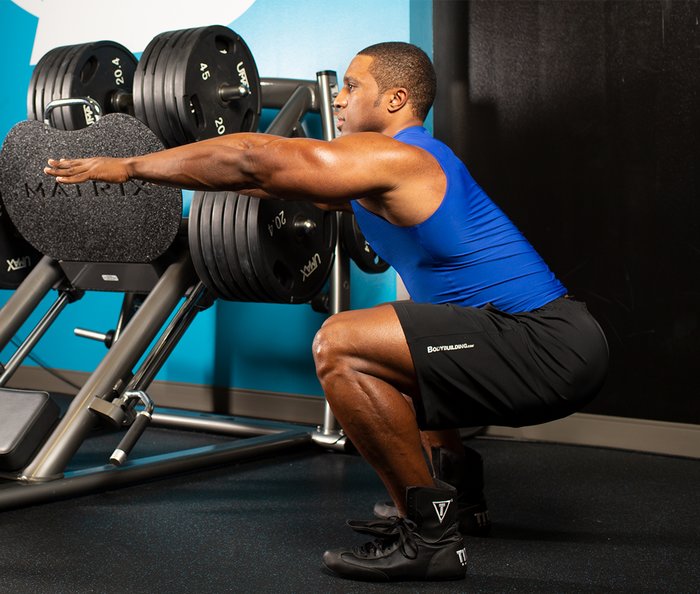
DO focus on your form first. The added weight can come later, says Arpin. Never sacrifice form to add a few pounds. It's not worth an injury!
DON'T let your knees cave inward. Keep your knees in line with your toes or slightly outward.
"If your knees tend to move inward, use a resistance band on your thighs, just above your knees," Arpin suggests. "This will engage your glute muscles more, which helps control the inward motion."
Focus on keeping this resistance level all the way to the bottom of your squat. It's better not to go as low if that helps you keep your knees from caving inward.
DO fire up your core muscles. Your core is your friend when it comes to a solid, safe squat. Think about pulling your bellybutton in toward your spine and holding it there, Arpin says. Keep a flat lower back and avoid arching.
DO stick your butt out. (Weird to say, but it's proper form.) Visualize sitting back into a chair.
"Practice with a mirror and use a real chair to make sure you stick your butt back far enough," Arpin advises. "You don't want your knees to shoot too far forward, so sticking your butt back helps control this."
A version of this article originally appeared on Vital Proteins' “Lively” blog.

